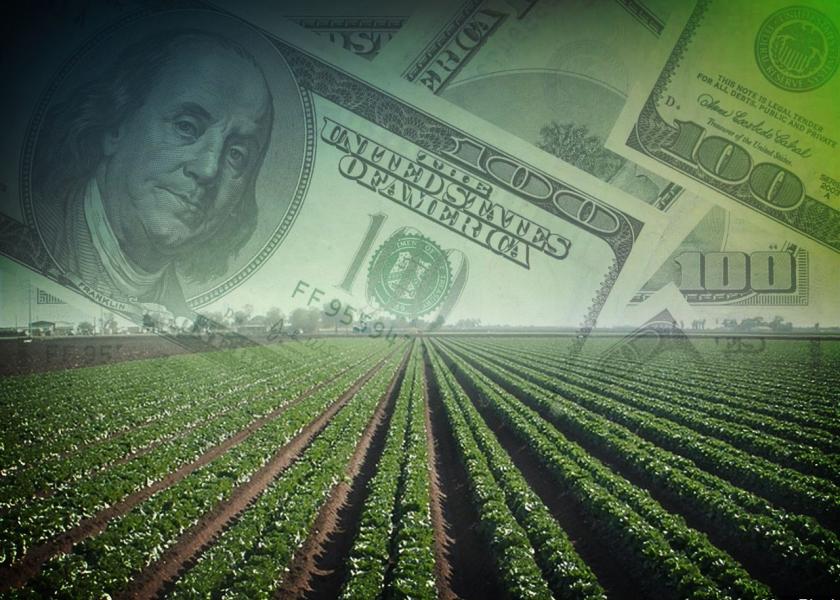You May Be in a Better Financial Position than You Think

Grain marketing is difficult, emotional and time-consuming. That’s before you add in the complex layers of the coronavirus pandemic, crashing ethanol demand and livestock supply chain disruptions.
“Unfortunately, farmers can’t follow the old-fashioned way of taking yield times the price and hope you're generating a profit,” says Jarod Creed, owner of JC Marketing Services. “Prices are significantly below breakeven levels for most farmers.”
Yet, Creed says, you could actually be sitting in a better financial position than you think.
Listen to Creed discuss grain marketing with AgriTalk’s Chip Flory:
For example, let’s say a producer carries an 85% revenue protection policy on his or her corn acres. With the 2020 corn crop insurance price at $3.88 per bushel, 85% is around $3.30.
Where corn prices have been trading in recent days, Creed says, many producers are essentially protected for 100% of their production just with crop insurance. On top of that, if a producer elected Price Loss Coverage (PLC) in the recent farm bill sign up, it is providing additional protection in this low-price environment.
An overwhelming majority of producers selected PLC for corn and Agriculture Risk Coverage (ARC) for soybeans, Creed says. PLC program payments are issued when the effective price is less than the respective reference price. The PLC reference price for corn is $3.70. In the May World Agricultural Supply and Demand Estimates (WASDE) report, USDA pegged the 2020/21 U.S. season-average corn price at $3.20 per bushel.
“With these prices, many farmers’ total revenue per acre could actually be going up the further the market goes down,” Creed says.
To maximize the advantages of these tools and the current situation, Creed suggests these steps:
- As soon as you’re done planting, report your acres. Push your crop insurance agent to provide you with your schedule of insurance as quickly as possible. Sometimes, you don't get those until August or September and this year that will be way too late. You need to understand your guarantees to the bushel and dollar right away in this type of environment.
- Call your local FSA office and ask for your EZ 156 Farm Record form. It will have all the information you need to generate your PLC bushels. Then you can attach a revenue source to that.
- Monitor the value of your unsold and sold crop based on your potential yield.
- Finally, you can add together each of the above potential revenue stream per acre.
“Once you get a good grasp of what your actual revenue per acre is, you can line it up against your cost of production,” Creed says. “These programs outside of the cash market could be the equivalent of $50, $75 or even $80 an acre of potential revenue back to your farm.”
If any of this is confusing or overwhelming, Creed suggest finding an advisor or analyst to help you. Every dollar counts this year.
Read More
USDA Reports Show Glimmers of Hope and Challenges
Jerry Gulke: Is Government-Induced Supply Control In Our Future?







